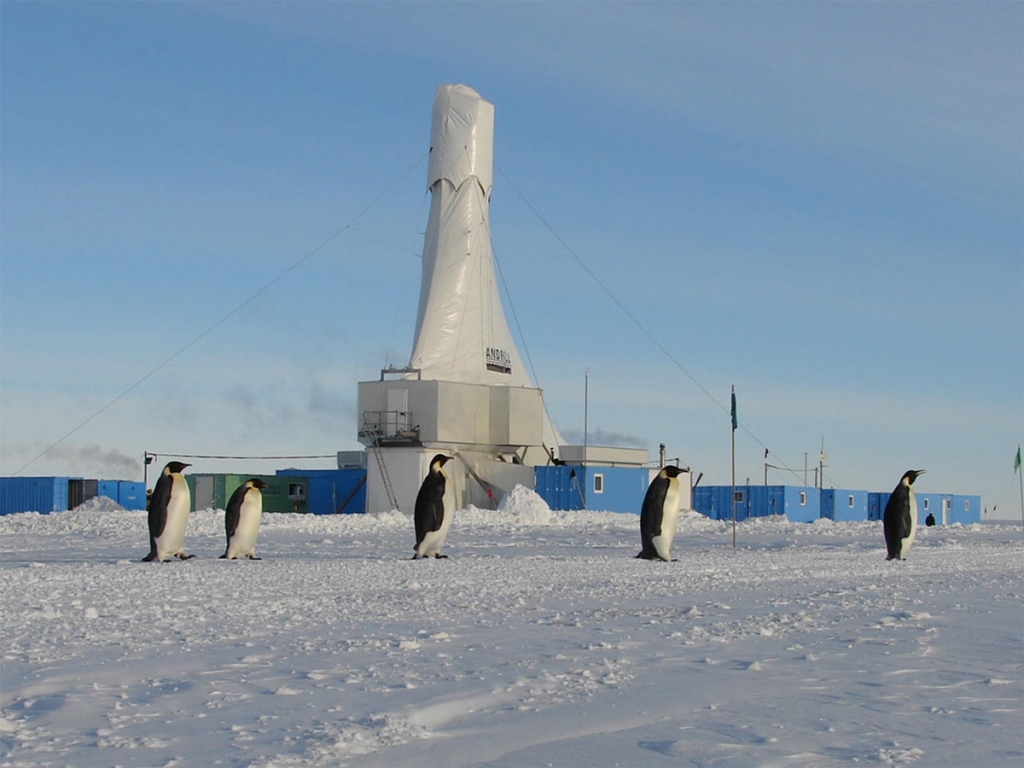Antarctic ice sheet more vulnerable than previously thought
NESSC scientists do not only work together nationally, but also work with international researchers to investigate climate processes. This Tuesday, an international study about the effect of CO2 concentration on the Antarctic ice sheet was published in PNAS, with NESSC colleagues Francesca Sangiorgi and Stefan Schouten as co-authors. The paper concludes that the Antarctic ice sheet is more vulnerable to increasing global temperatures than previously thought, based on reconstructions of the last period the atmospheric CO2 reached levels like those expected to occur in about 30 years.
The geological archive from the Antarctic margin offers direct evidence for past changes in environment and climate, and can be useful to make predictions for the future. The mid-Miocene (17.5-14.5 Mya) is an especially interesting interval to study, because the global temperature and CO2 concentrations are similar to those projected for future centuries. This interval includes a period of global warmth, with average surface temperatures of 3 to 4 degrees Celsius higher than today – which is predicted for the year 2100. The sediments of a 1-kilometer-long drill core from the Western Ross Sea indicate that the Antarctic ice sheet was highly variable during this warmer time frame.

Five intervals from the drill core (called ANDRILL-2A) show a smaller ice sheet and air temperatures warm enough for substantial loos of mass, during periods of high (~500 ppm) CO2 concentrations. The ice sheet even retreated beyond its terrestrial margin, with summer tundra vegetation up to 80 km inland. During periods with lower CO2-concentrations, similar to preindustrial levels (~280 ppm), the ice sheet expanded across the continental shelf.
The variability of the ice sheet and its sensitivity for atmospheric CO2 concentrations are interesting for predicting future climate. Given current CO2 concentrations have risen above 400 ppm and are predicted to rise, these results imply the inevitability of future polar warming, Antarctic ice sheet retreat and sea level rise.

